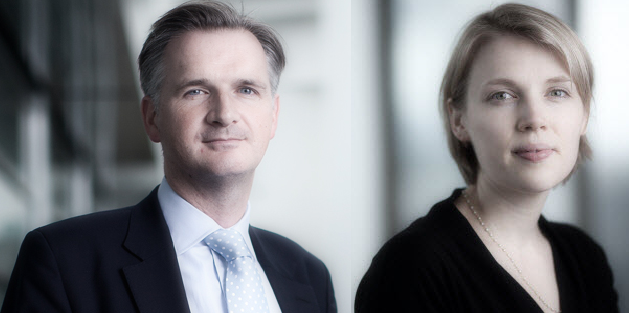HDIV shareholders approve changes – Henderson Diversified Income Trust says shareholders have approved changes to the investment objective and policy, a replacement benchmark and new Articles of Association (the latter point allows the holding of virtual and/or hybrid GMs/AGMs along with some other minor administrative changes). All of these changes are effective immediately.
The new investment objective and policy and details of the new benchmark are set out below.
Objective
The investment objective is to seek a sustainable level of annual income and capital gains consistent with seeking to reduce the risk of capital losses, by investing in a diversified portfolio of global fixed income and floating rate asset classes.
Investment policy
The company uses a dynamic approach to portfolio allocation across asset classes and is permitted to invest in a single asset class if required. The company seeks a sensible spread of risk at all times. It can invest in assets of any size, sector, currency or issued from any country. The company has adopted the following allocation limits for each asset class:
- secured loans 0 to 100% of gross assets
- government bonds 0 to 100% of gross assets
- investment grade bonds 0 to 100% of gross assets
- high yield (sub-investment grade) corporate bonds 0 to 100% of gross assets
- unrated corporate bonds 0 to 10% of gross assets
- asset backed securities 0 to 40% of gross assets
- high yielding equities 0 to 10% of gross assets
As a matter of policy, the company will not invest more than 10% in aggregate of its net assets in a single corporate issue or issuer.
The company may use financial instruments known as derivatives to enhance returns. They may also be used to reduce risk or to manage the company’s assets more efficiently. The use of derivatives may include credit derivatives (including credit default swaps) in addition to interest rate futures, interest rate swaps and forward currency contracts.
The credit derivatives, interest rate futures and swaps are used to take a synthetic exposure to, or to hedge, an investment position where the derivative contract is more efficient or cost effective than a position in the underlying physical asset. The company’s exposure to derivatives is capped at a maximum net long or net short position of 40% of net assets. The company may also employ financial gearing for efficient portfolio management purposes and to enhance investment returns but total gearing (both financial gearing and synthetic gearing combined) may not exceed 40% of net assets. Forward currency contracts are used to hedge other currencies back to sterling.
Any material change to the investment policy of the company will only be made with the approval of shareholders.
Benchmark
The replacement benchmark (which is hedged back to sterling) is as follows:
- 60% Global High Yield Credit (ICE Bank of America Global High Yield Constrained Index)
- 25% Global Investment Grade Corporate Credit (ICE Bank of America Global BBB Corporate Bond Index)
- 15% European Loans (Credit Suisse Western European Leveraged Loan Index)
We covered the rationale for this in our last note.
